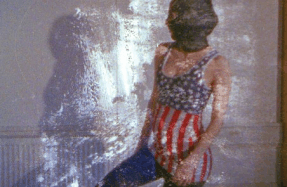
he aesthetic appeal of Sofia Coppola’s work—baby pink and pastel colours, girly make-up and cute clothes, soft lighting and trippy music—belies a deeper understanding of the condition of teenage girls, her favourite subject. For the filmmaker, these formal elements aren’t just their surface, but their very substance—the Lisbon sisters’ pink bedrooms in (1999) are part and parcel of their identities. As Coppola’s young girls begin to find themselves, the culture around them offers options (more or less limited depending on the time and place) for self-definition and self-representation. In Coppola’s latest film, , the eponymous protagonist knows, even before meeting her future husband Elvis Presley, how to apply her rouge, tie up her hair, do






